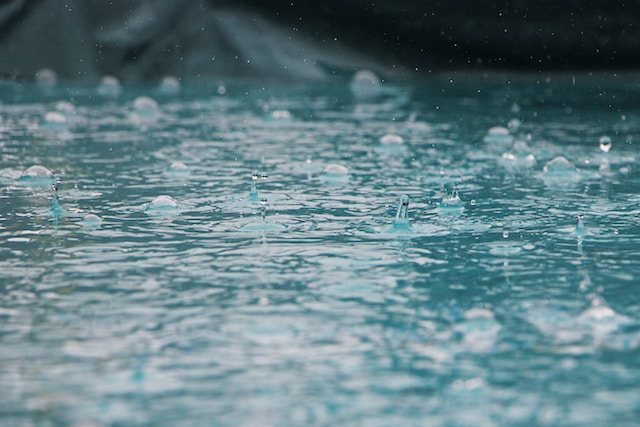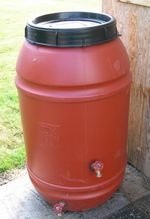Rainwater harvesting is the practice of collecting and storing rainwater for later use. It can be a key component of sustainable living. If you garden, then you can’t help but notice the changes to the earth. As a result, you might feel a drive to live more sustainably. Rainwater harvesting for sustainable living makes a…
rainwater harvesting
Harvesting Rainwater for the Frugal Gardener
Gardening requires quite a bit of water. For many gardeners that means an increase in their water bill during the hot summer months. Statistics show that lawn and garden watering make up at least 40% of our total household water use. Frugal gardeners, however, can take advantage of rainwater by bringing back an age-old,…

